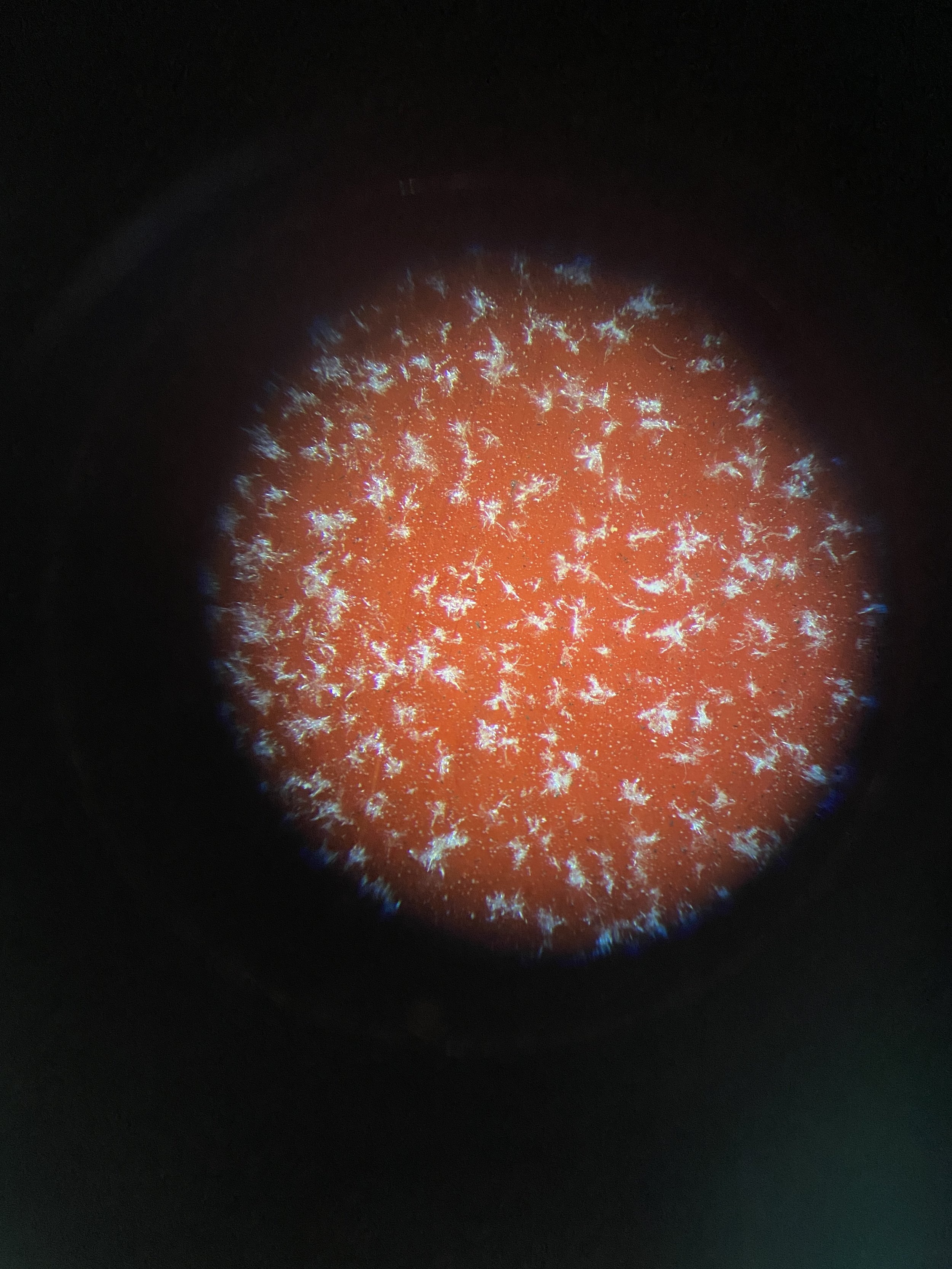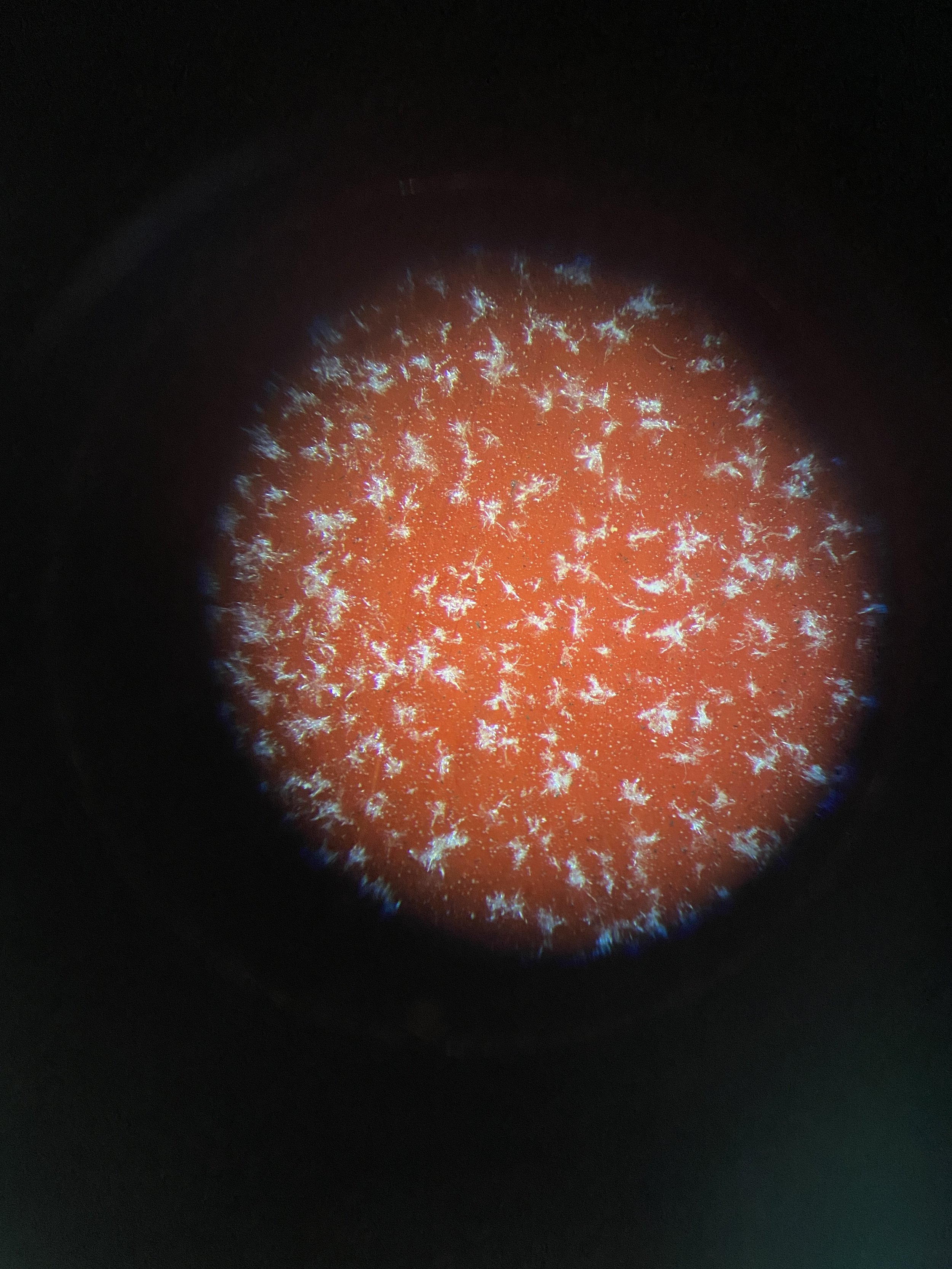We recently had the opportunity to conserve a striking work on paper titled Red Store Front (Project) by Christo (1935–2020), the visionary artist renowned for his monumental environmental installations and dynamic use of fabric, color, and architectural space. Born in Bulgaria and later based in New York, Christo—working closely with his wife and collaborator Jeanne-Claude—created ambitious, site-specific projects that reimagined the built and natural world, including The Gates in Central Park, the Wrapped Reichstag in Berlin, and The Floating Piers on Italy’s Lake Iseo. His works on paper, often combining collage, drawing, and technical notation, served not only as preparatory designs but also as standalone expressions of his conceptual process.
Red Store Front (Project) exemplifies the artist’s unique fusion of architectural precision and expressive mark-making. Floated within its original frame, the piece is mounted to rag board with delicate Japanese tissue hinges. Like many of Christo’s conceptual drawings, it carries the dual identity of proposal and artwork—balancing draftsmanship with gestural immediacy.
Before treatment.
Upon arrival at The Conservation Center, the piece exhibited overall planar distortion, along with numerous handling dents and surface scratches. A layer of smudging and fingerprints—likely from the artist’s own hand—presented a conservation challenge, blurring the line between incidental damage and authentic mark-making.
The most prominent issue was the red pigment. Over time, certain areas developed a condition known as “blooming,” in which a whitish haze forms on the surface due to changes in humidity or chemical instability within the binder.
The blooming is visible in the areas of red pigment.
Under magnification, the bloom was particularly evident, threatening to dull the vibrancy of the composition’s most dominant color. Age-related discoloration has also developed in surrounding areas.
Blooming under magnification.
Our conservators developed a treatment strategy aimed at stabilizing the work while honoring the sensitivity of Christo’s materials and techniques. Prior to intervention, the piece was extensively documented with high-resolution photography. The surface was then cleaned using a soft brush to gently remove particulates without disturbing the media. Targeted techniques were employed to reduce blooming in affected areas, restoring clarity and chromatic intensity to the red passages.
Bozena Szymanski, our senior conservator of works on paper, carefully treats areas of blooming within the red pigment.
Meanwhile, the frame underwent its own treatment. Surface abrasions and a deep gouge along the lower interior edge were minimized, and the entire structure was cleaned. To protect the piece from further light-related deterioration, new UV-filtering Plexiglas was installed. The original spacers were retained, and a new acid-free backing board was added to support the long-term stability of the work.
After treatment.
The conservation of Red Store Front (Project) offered a rare opportunity to engage with Christo’s artistic process on an intimate scale. While his public installations were designed to be temporary, his works on paper serve as lasting testaments to his conceptual rigor and inventive spirit.







